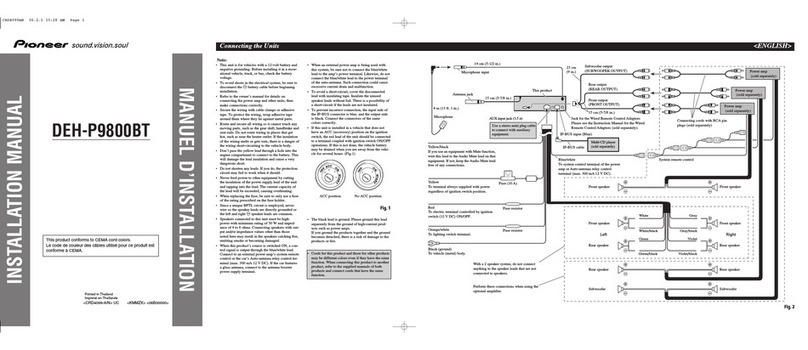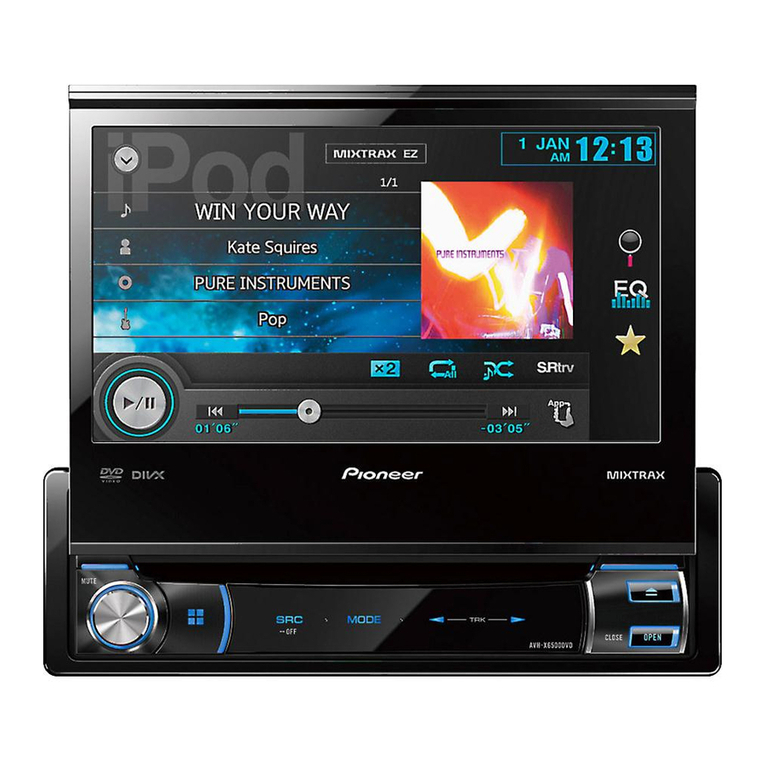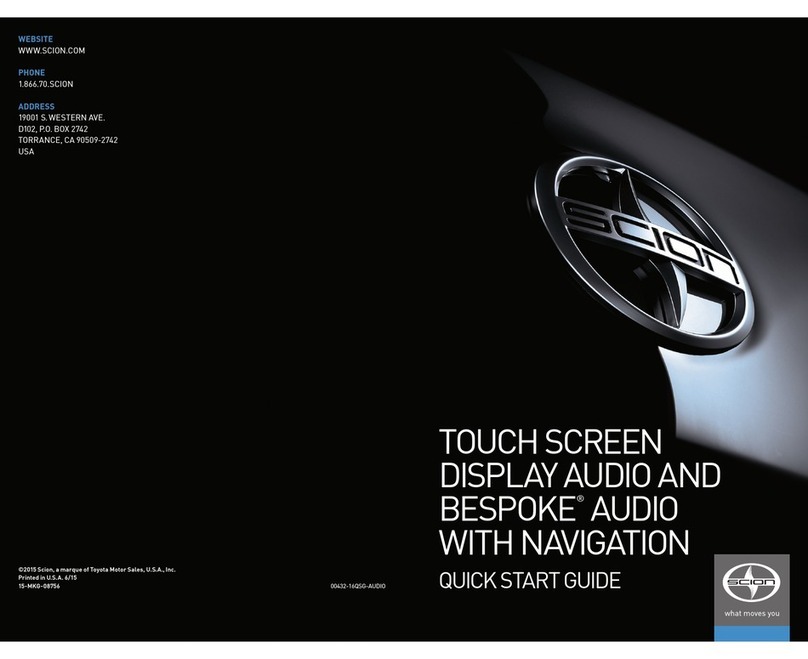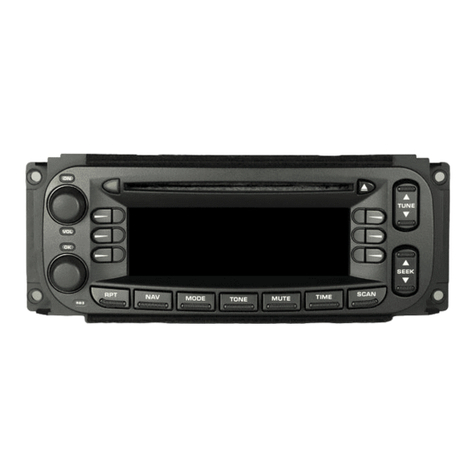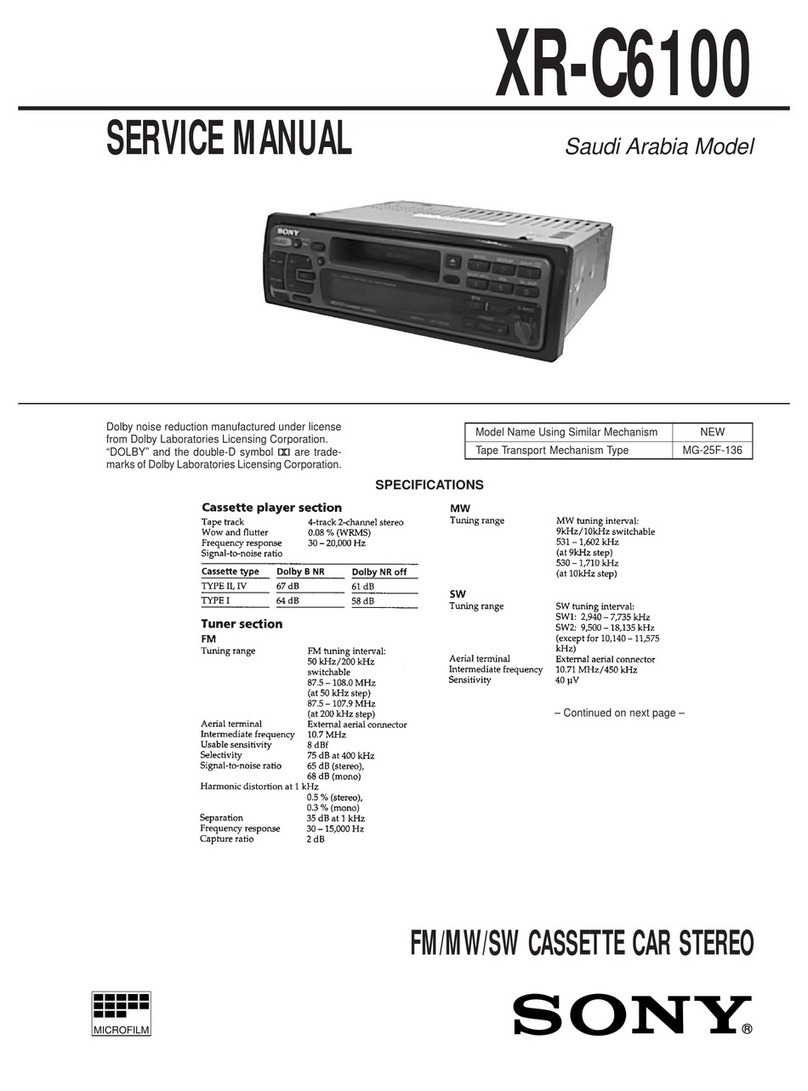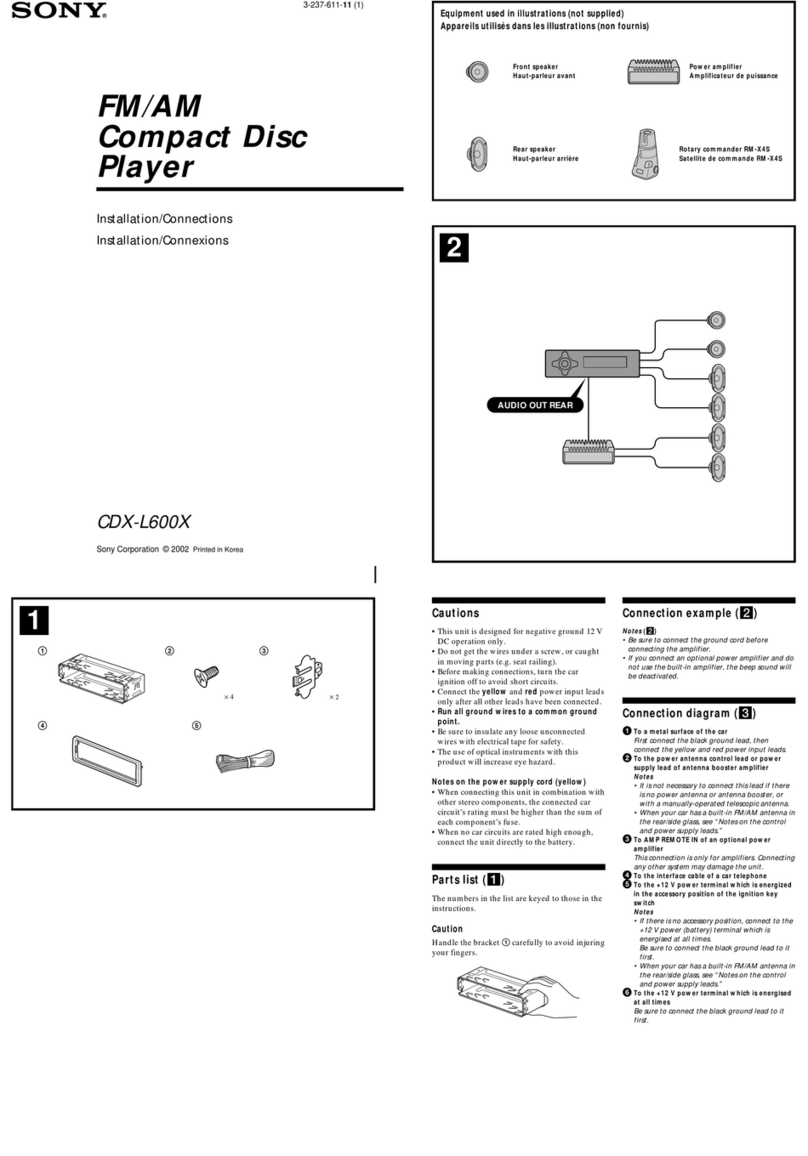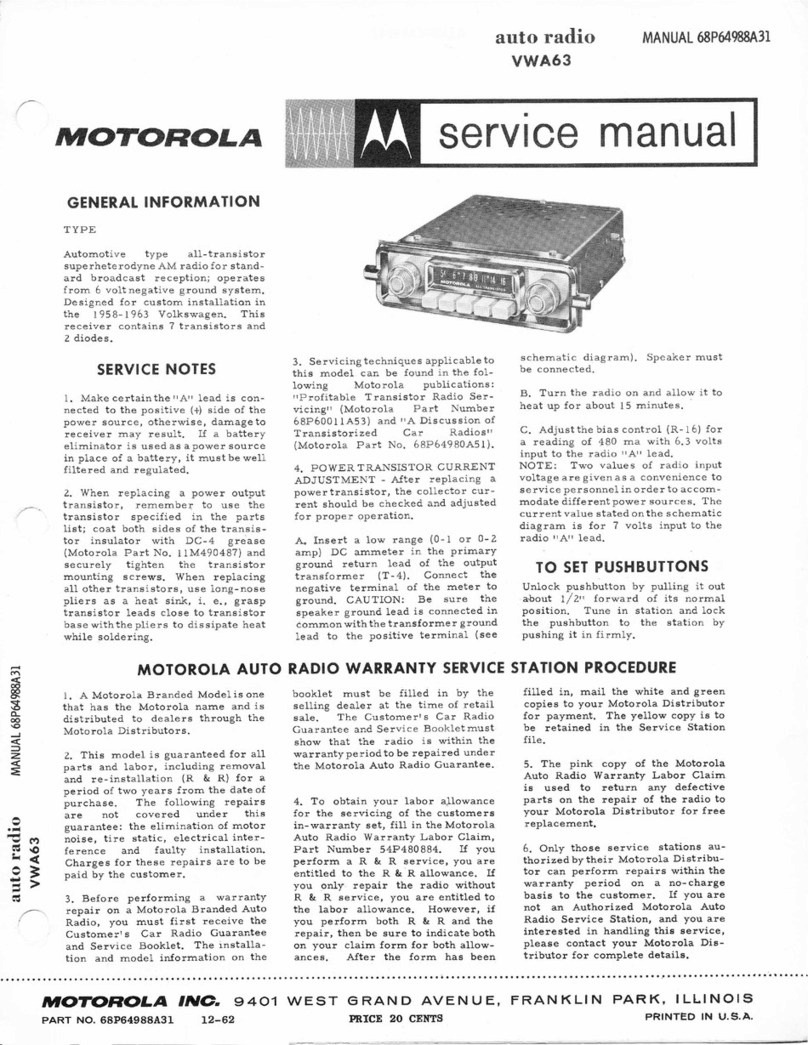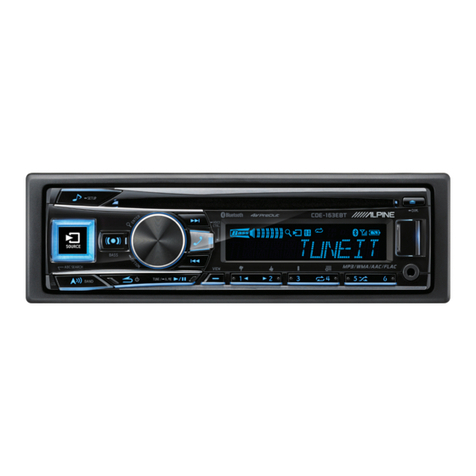Pioneer XR-P670F User manual
Other Pioneer Car Receiver manuals
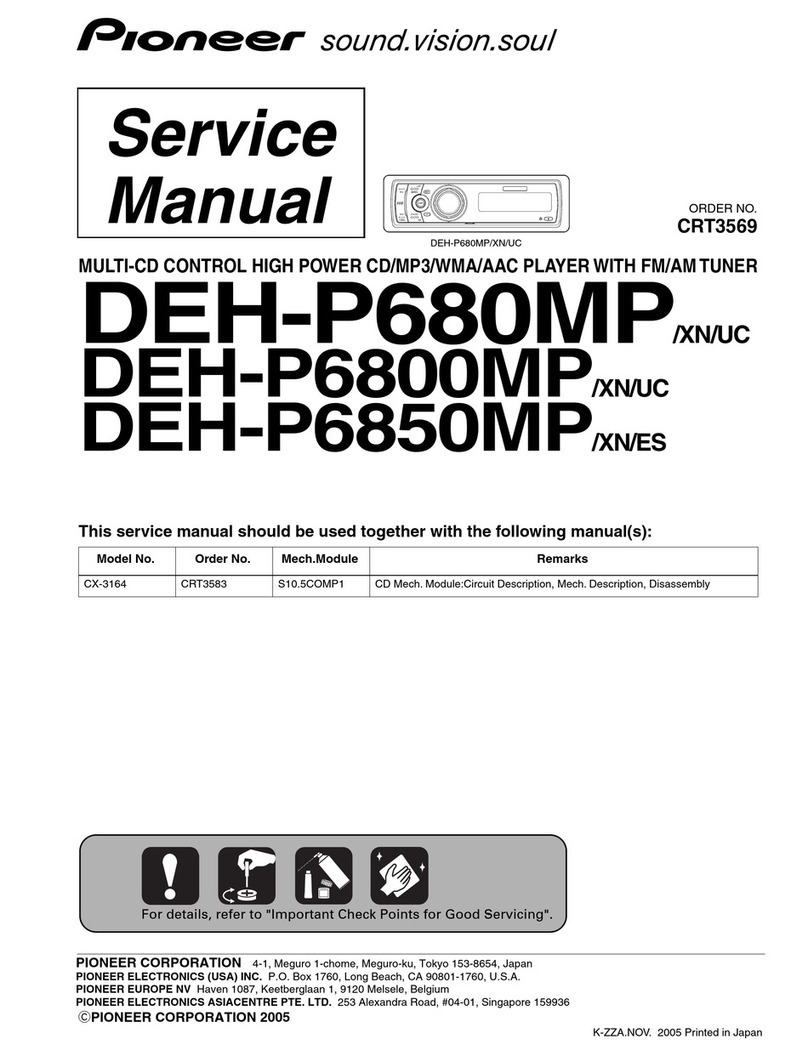
Pioneer
Pioneer Super Tuner IIID DEH-P680MP User manual

Pioneer
Pioneer KP-6001 User manual
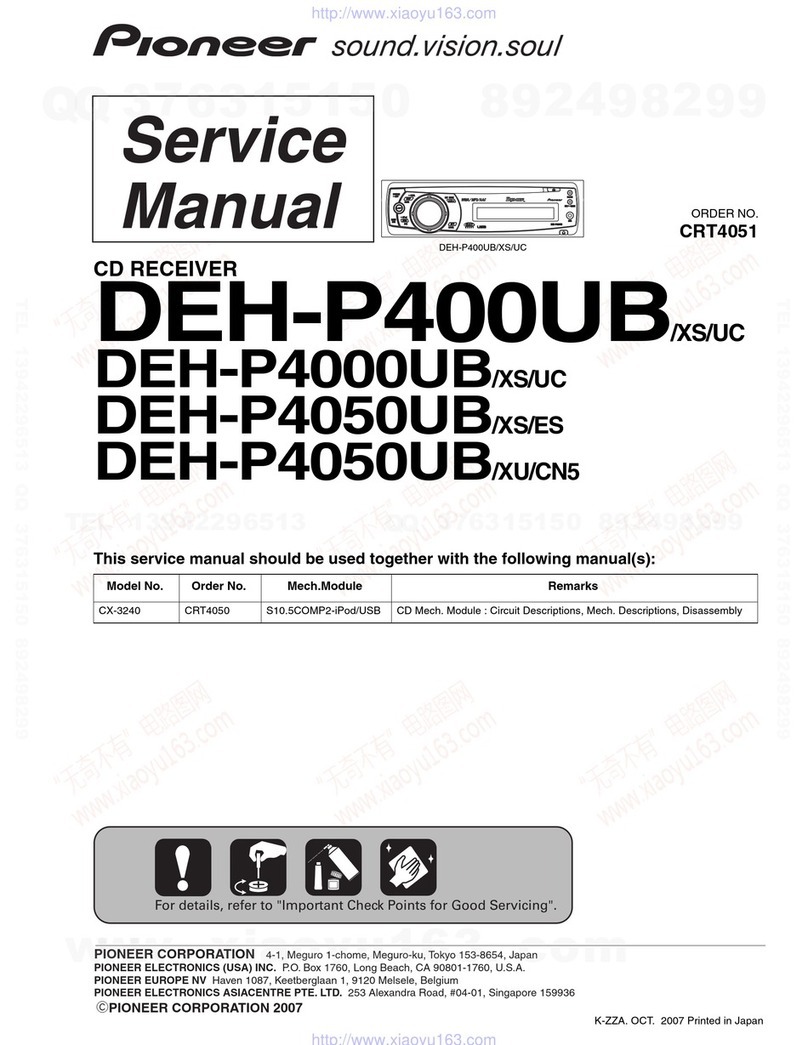
Pioneer
Pioneer DEH-P4050UB/XS/ES User manual
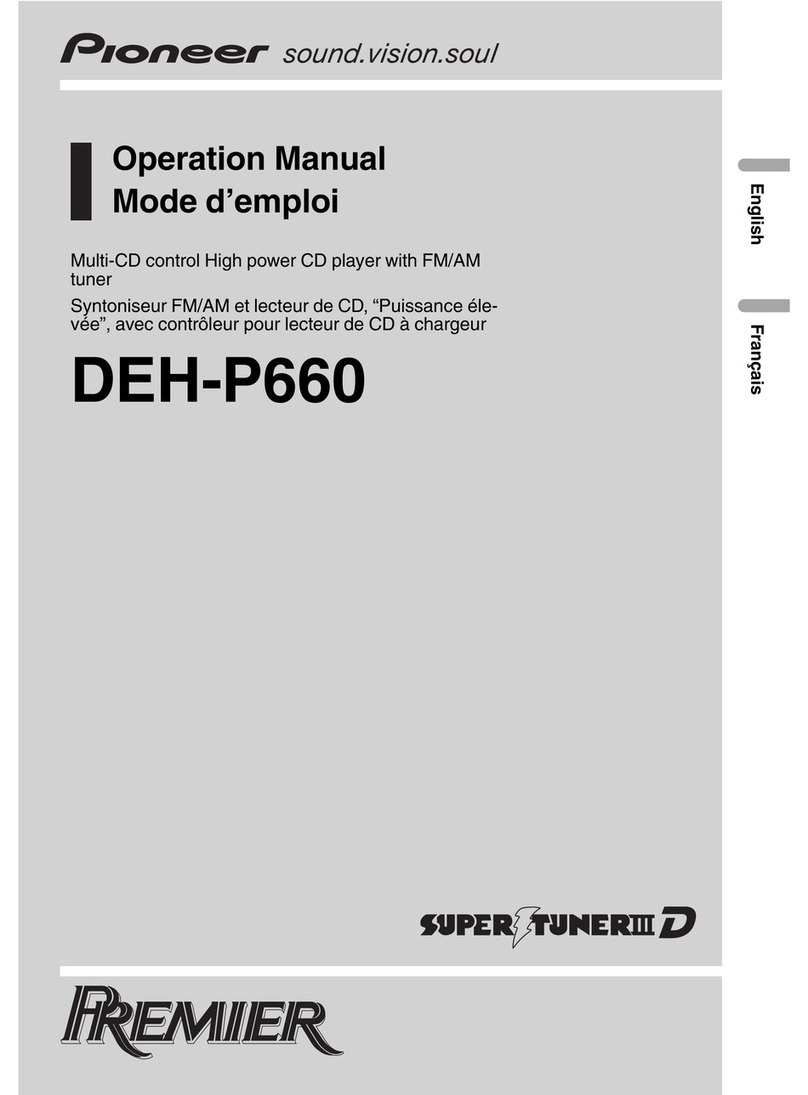
Pioneer
Pioneer Premier DEH-P660 User manual
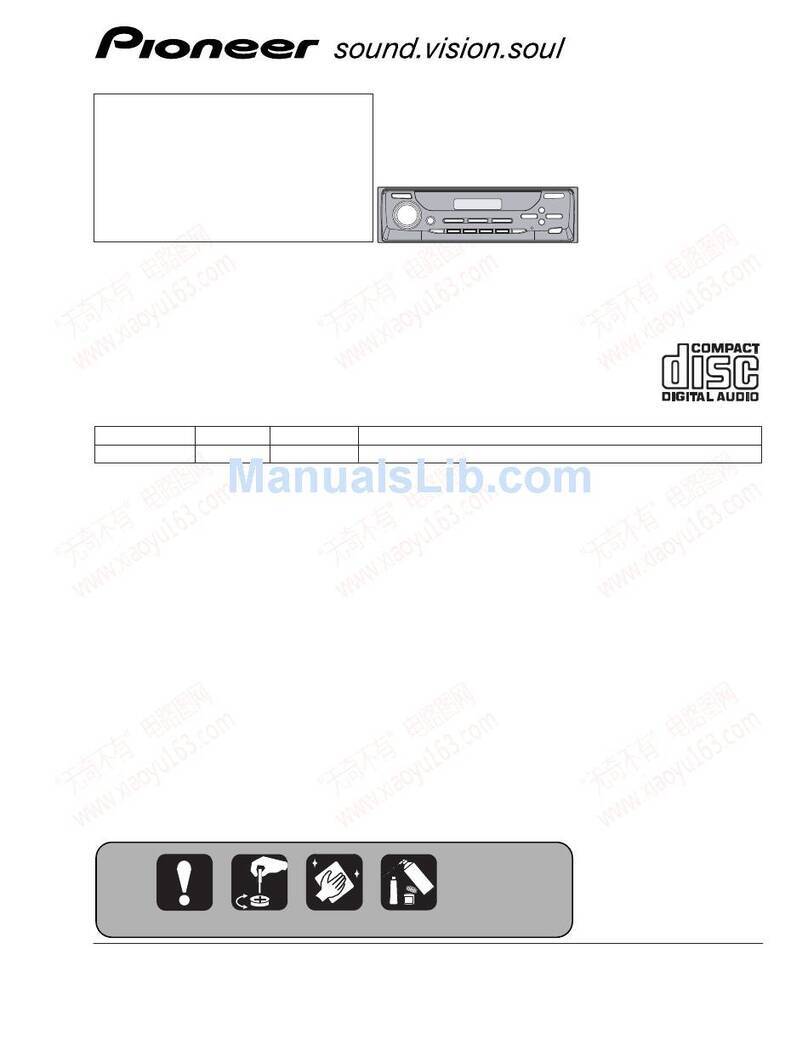
Pioneer
Pioneer DEH-P8400MP User manual

Pioneer
Pioneer AVH-X8590BT User manual

Pioneer
Pioneer DEH-S410BT User manual
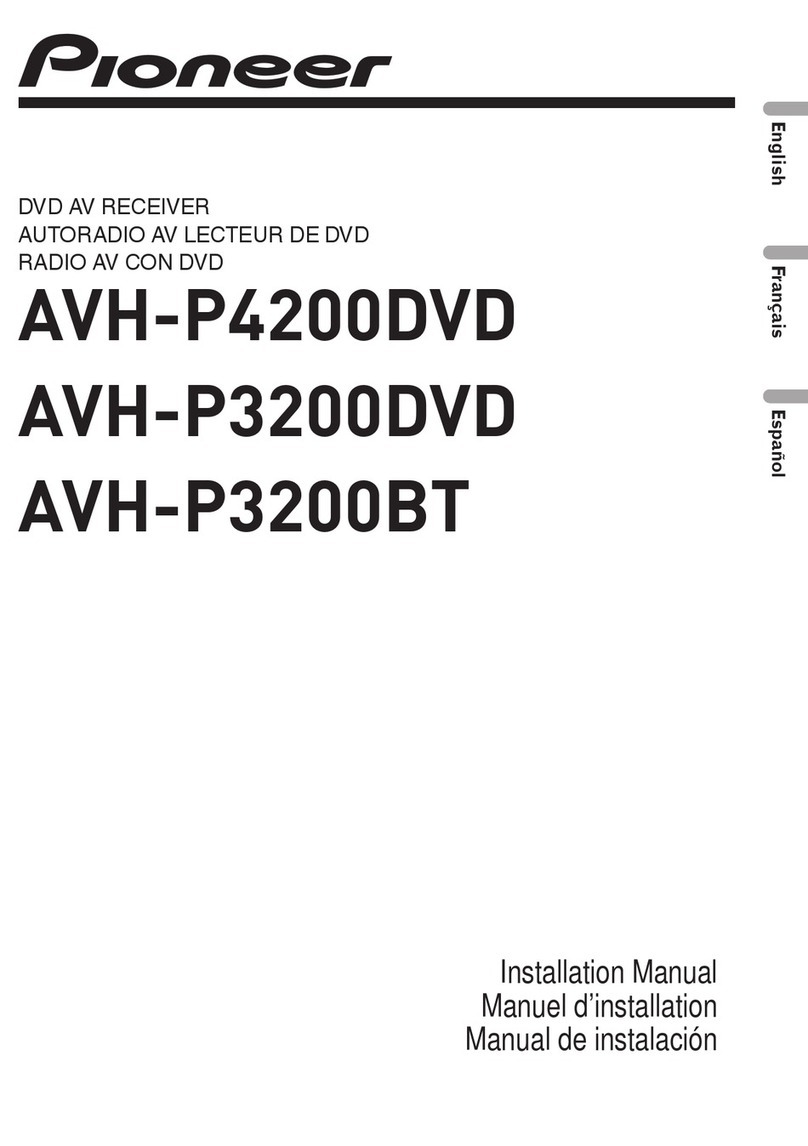
Pioneer
Pioneer AVH-P3200BT User manual
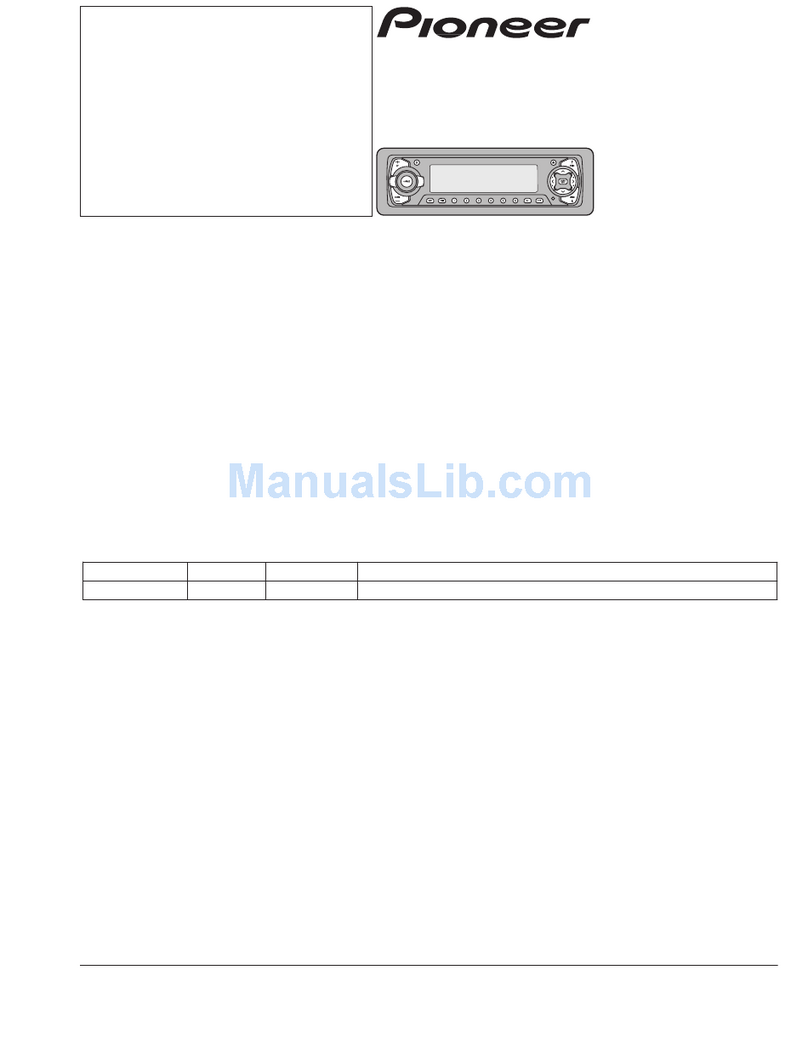
Pioneer
Pioneer DEH-P920R User manual
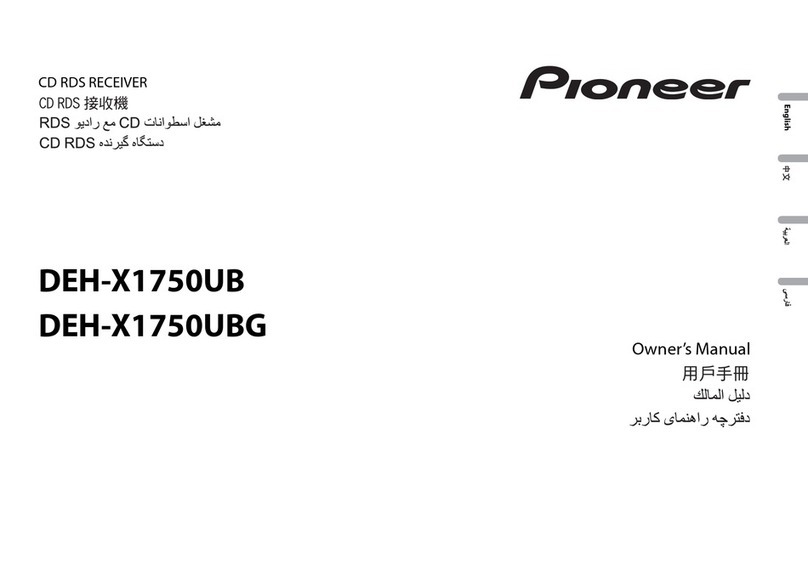
Pioneer
Pioneer DEH-X1750UBG User manual

Pioneer
Pioneer AVH-X5800DAB Use and care manual
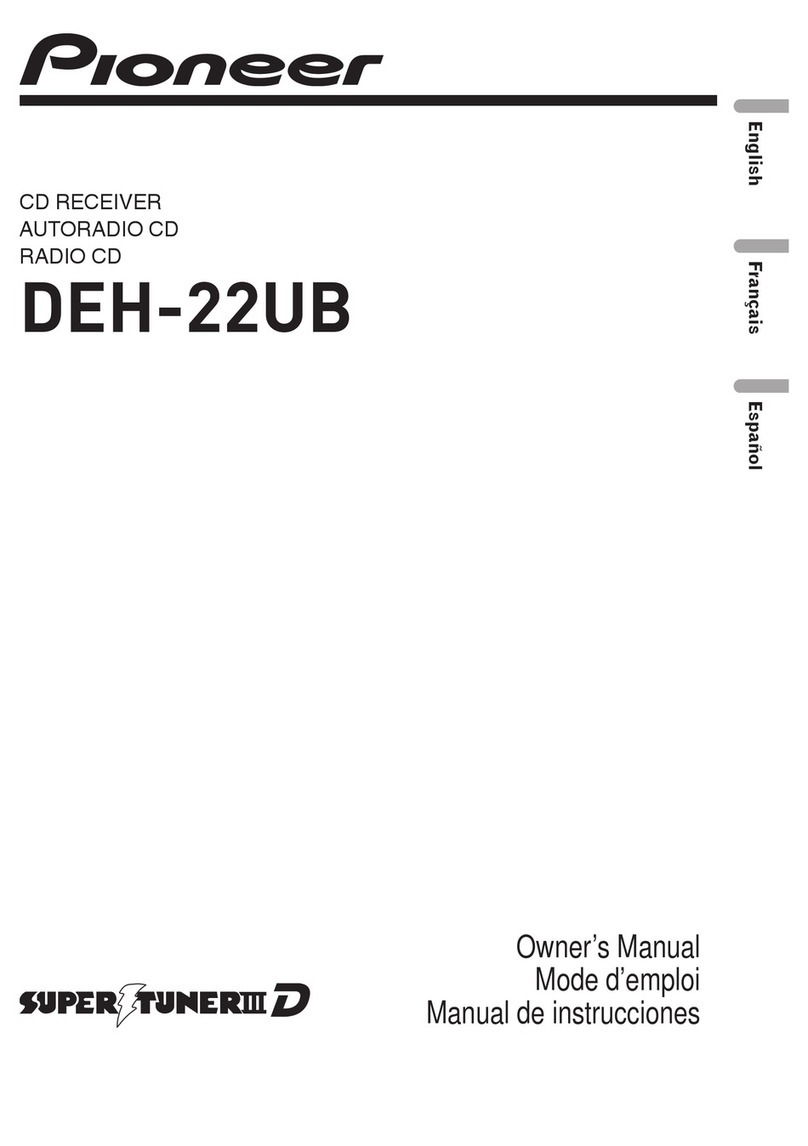
Pioneer
Pioneer DEH-22UB User manual

Pioneer
Pioneer FH-P4000R User manual

Pioneer
Pioneer AVH-P5900DVD User manual

Pioneer
Pioneer DEH-142UB User manual

Pioneer
Pioneer DEH-2220UB User manual
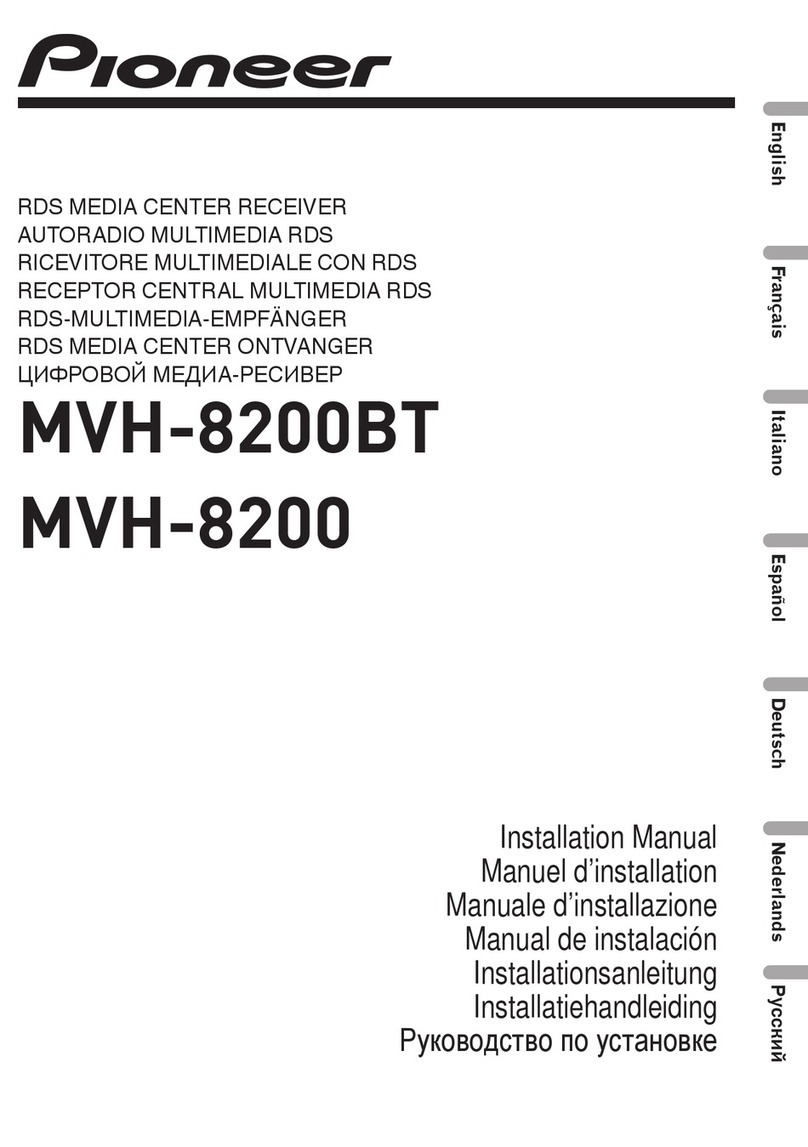
Pioneer
Pioneer MVH-8200BT User manual
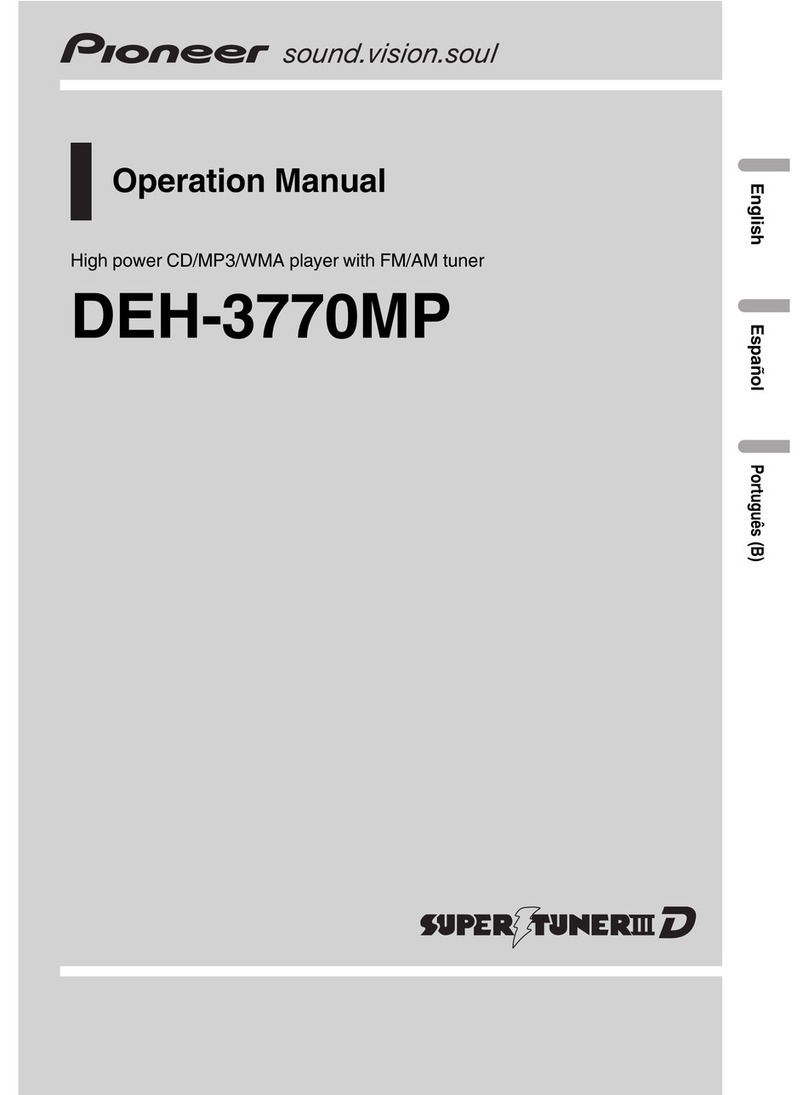
Pioneer
Pioneer Super Tuner III D DEH-3770MP User manual
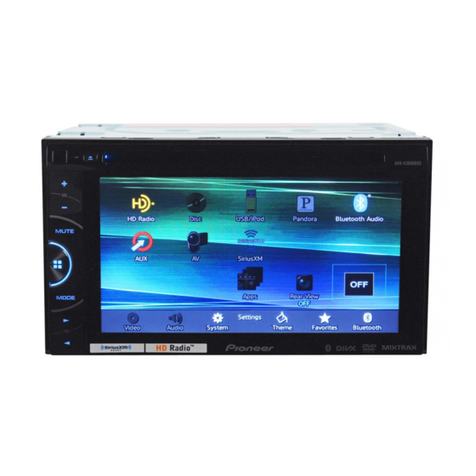
Pioneer
Pioneer AVH-X1600DVD User manual
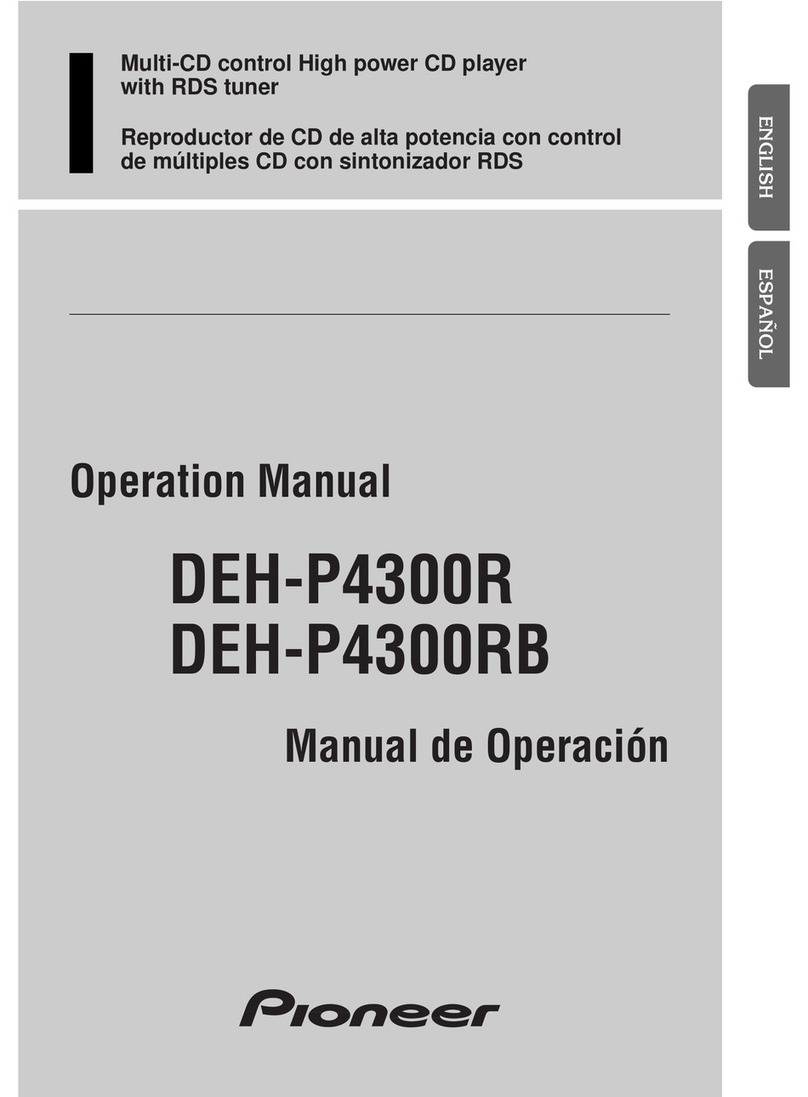
Pioneer
Pioneer DEH-P4300R User manual
